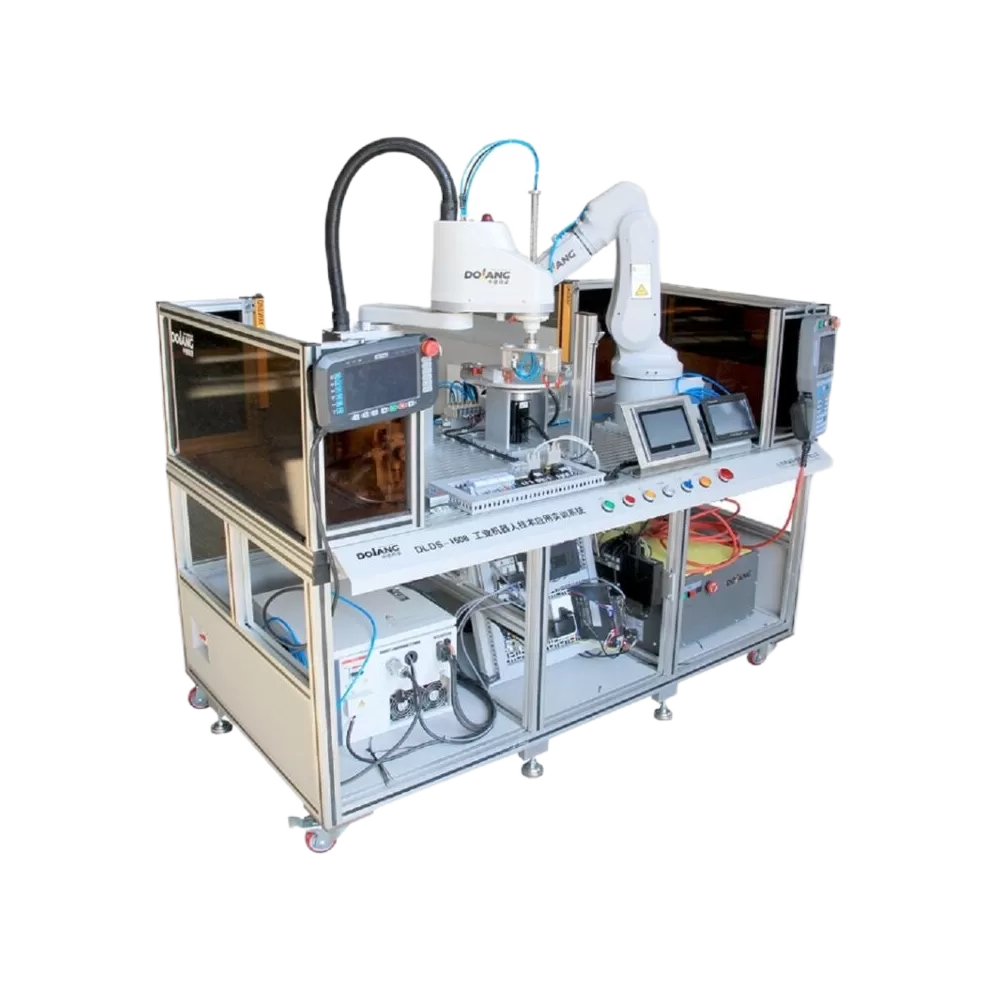Applications of Robot Training Equipment
In today's fast-evolving technological landscape, robot training equipment plays a critical role in advancing automation, robotics, and artificial intelligence applications. The demand for high-quality training systems is surging as industries prioritize efficiency, precision, and scalability. This comprehensive guide delves into the key aspects of robot training equipment, covering its features, applications, benefits, and considerations for choosing the right solutions.
What is Robot Training Equipment?
Robot training equipment comprises a suite of hardware and software tools designed to simulate, program, and optimize robotic systems. These systems are pivotal in industrial automation, manufacturing, healthcare, and research environments. They provide a controlled setting for:
Programming robots for complex tasks.
Testing robotic functionalities before deployment.
Enhancing the skills of operators and engineers.
Simulating real-world scenarios for advanced applications.
Key Features of Modern Robot Training Equipment
1. High-Fidelity Simulators
Simulators replicate real-world environments to test and program robots without the risks and costs associated with physical setups. They offer:
Real-time feedback for improved accuracy.
Customizable scenarios to suit diverse industry needs.
Integration capabilities with CAD designs and IoT systems.
2. Modular Design
Modularity ensures that training equipment can adapt to various robotic platforms and tasks. This feature supports:
Scalability to accommodate future upgrades.
Compatibility with different robotic arms, sensors, and controllers.
Cost efficiency by focusing only on required components.
3. User-Friendly Interfaces
Modern systems prioritize intuitive interfaces, enabling both novice and experienced users to operate effectively. This includes:
Drag-and-drop programming tools.
Visual debugging for streamlined troubleshooting.
Cross-platform compatibility with PCs, tablets, and mobile devices.
Applications of Robot Training Equipment
1. Industrial Automation
Industries such as automotive, electronics, and logistics heavily rely on robot training systems to:
Automate assembly lines with precision.
Optimize pick-and-place operations.
Enhance quality control processes.
2. Education and Research
Educational institutions and research centers leverage training equipment to:
Teach robotics programming and system design.
Foster innovation in AI-driven robotics.
Conduct experiments in emerging technologies.
Additional reading:
Key Factors in Choosing Instant Noodle Processing Equipment
3. Healthcare
Grinding Powder Machine
How Safe Is Your Exposure to Dust from Sand Blasting?
Robot training equipment is transforming healthcare by enabling:
Programming robots for surgical precision.
Simulating complex medical procedures.
Training medical professionals in robot-assisted therapies.
4. Agriculture
The agricultural sector uses robotics training to develop solutions for:
Automated harvesting systems.
Precision crop monitoring.
Livestock management through advanced robotics.
Advantages of Using Robot Training Equipment
1. Cost Savings
By simulating environments and optimizing robotic systems before deployment, businesses can reduce:
Material wastage.
Downtime during setup and maintenance.
Costs associated with human errors.
2. Enhanced Safety
Training equipment allows for:
Testing potentially hazardous operations in virtual settings.
Reducing risks to human workers during early implementation phases.
3. Skill Development
Robust training systems empower professionals to:
Master complex programming languages.
Gain hands-on experience with real-world applications.
Stay updated on industry standards and best practices.
4. Increased Efficiency
With precise calibration and thorough testing, robots can:
Operate at maximum efficiency.
Reduce cycle times in production environments.
Maintain consistent output quality.
Conclusion
Robot training equipment is an indispensable asset for businesses and institutions aiming to harness the power of robotics. By choosing the right systems and leveraging cutting-edge features, organizations can achieve unprecedented efficiency, safety, and innovation.
For more information please contact Shandong Dolang
5
0
0



Comments
All Comments (0)